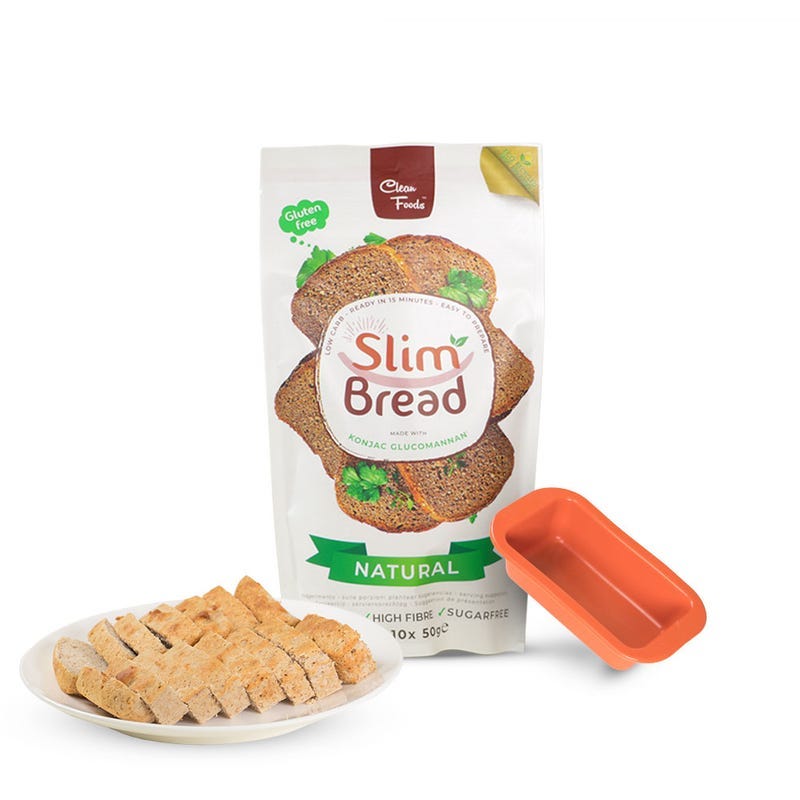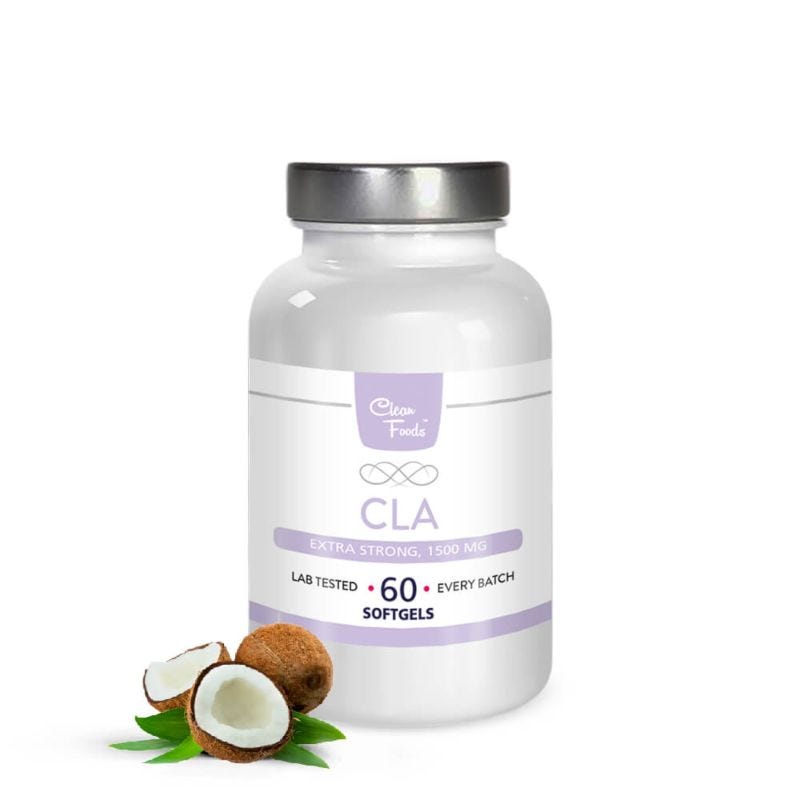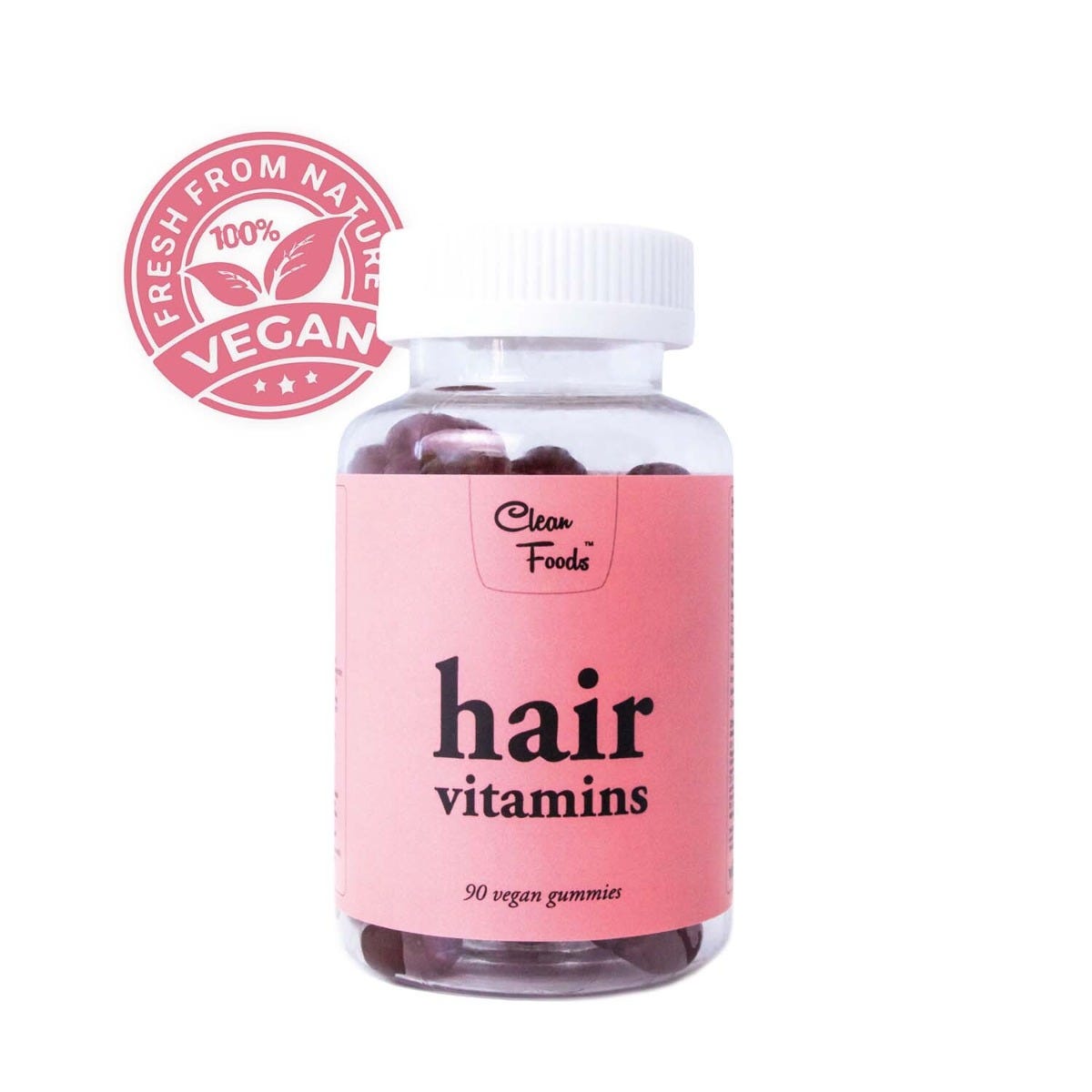No Added Sugar, A bitter-sweet taste
We welcome you to our New Information Column where we will talk about food, products and much more. To start we will talk about one of the most loved and hated ingredients in history, Sugar. In this short column we will talk about what it really is, how it is made, how many types of sugar exist in the world and why it is so important for us and for our body. At CleanFoods we want to keep our customers informed and for this reason, we have started this new path with the sole purpose of clarifying concepts that we hear every day but which are not always understood. The information contained in this text is informative and is not intended as medical advice, and does not replace the opinion of your doctor or a competent professional.
I want to start by saying that I am not a Doctor, although I would have liked to become one but I chose a different path and ended up working in the kitchen, for almost 10 years, in that period I was able to understand and put into practice everything I had learned, seen and heard about cooking and nutrition in general. Since I was a child I have always been fascinated by the complexity of the preparations my grandmother made in the kitchen, by the scents but also and above all by what food is able to do to people, in their minds and in their hearts.
So... What is sugar?
Let's start by identifying sugar, it is a carbohydrate that scientifically has the name of Sucrose, a disaccharide which we will talk about later, its only purpose is to give energy to our body and therefore very important in our diet. According to the WHO (World Health Organization) we must not exceed 5-10% of sugar to meet our daily energy needs, this means that an average person who should consume about 2000 kcal per day should at most consume about 200 kcal derived from sugar, about 50g, but after the latest research, it was determined that it should go down to 25g per person (WHO). To move our body it needs energy, Glucose, that is the organic molecule at the base of sugar, can be divided into three different types, with different forms and energy generated.
Sugar type 1: Monosaccharides
Let's start with simple sugars or the Monosaccharides which, to be clear, would be refined sugar from beet, cane, palm and all sugars of vegetable origin, then raw or unrefined sugar and fructose which, in addition to fruit, is contained in vegetables and cereals, they are part of this special category. This molecule being "simple" is assimilated very quickly by our body which after about 30 minutes has already completely "burned" its total energy leaving us with that feeling of invasive hunger. These sugars, even if very light, can have undesirable effects if consumed excessively and are the cause of the main diseases we know related to sugar, therefore type 1 and 2 diabetes, obesity and so on.
Sugar type 2: Disaccharides
In addition to simple sugars, we can find disaccharides, lactose is one of them. Yes, you got it right Milk contains sugar! That's right, and the sugar contained in milk has the same base as sucrose (raw sugar) and maltose (corn syrup).
Things you may not know: Some of us at some point in life no longer digest milk, this happens because our body stops producing the Lactase enzyme that helps us digest it.
Sugar type 3: Polysaccharides
Last but not least we find the Polysaccharides, these are "complex" sugars contained mostly in the starches of wheat, rice and potatoes. Being larger molecules they are assimilated more slowly, so they remain more time in our body thus becoming part of our energy reserve, in fact, the Polysaccharides are also considered Anti Ketosis since when our body begins to enter ketosis this very long sugar molecule offers an easy and energetic alternative.
* The values refer to an Adult Person of Medium Height
Types of sugar:
Monosaccharides:
- Fructose (fruit, cereals, vegetables and honey)
- Glucose (Coconut / Cane / Beetroot Sugar)
- Galactose (processed cheeses, cereals, nuts)
Disaccharides:
- Lactose (milk and derivatives)
- Sucrose (Refined Sugar)
- Maltose (Corn Syrup)
Polysaccharides:
- Starch (Rice, Potatoes, Wheat, Beans, Peas, Corn)
- Glycogen (wholemeal pasta, oats)
What have we decided to do to help you get better?
We at CleanFoods have decided to start a Challenge between us that we offer to you too! The challenge is to avoid consuming sugar for four weeks to better understand the effect it has on our body and mind. We will share our experiences with you to show you how possible it is to improve and help our body with a few tricks!
What do you think of this first topic? We still have a lot more to say about Sugar so this is a little introduction! Is there anything you would like us to talk about in the next column? Leave us a comment with your point of view on Sugar and its sweet-bitter flavour.
See you next Monday!
With Love,
Jorge












